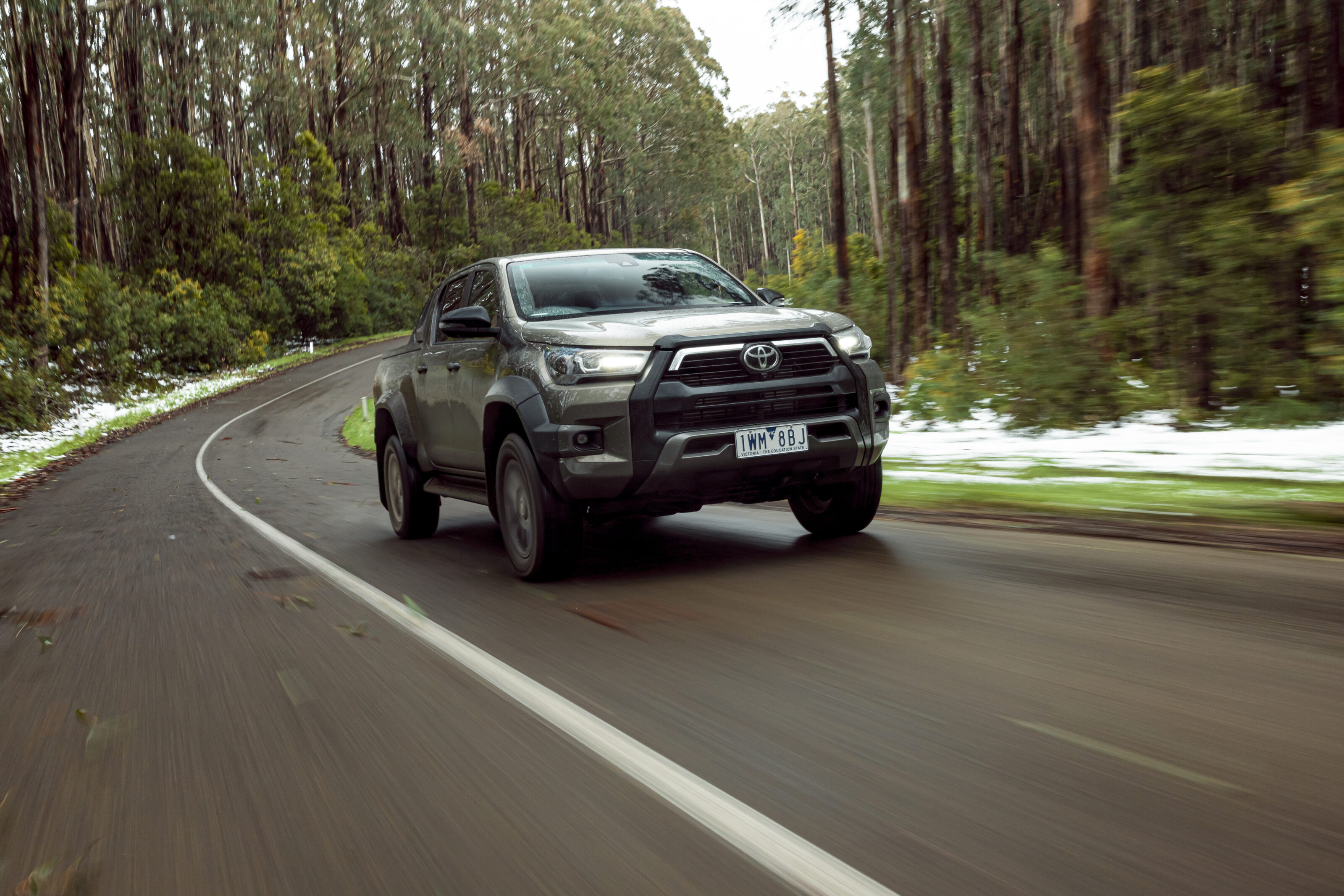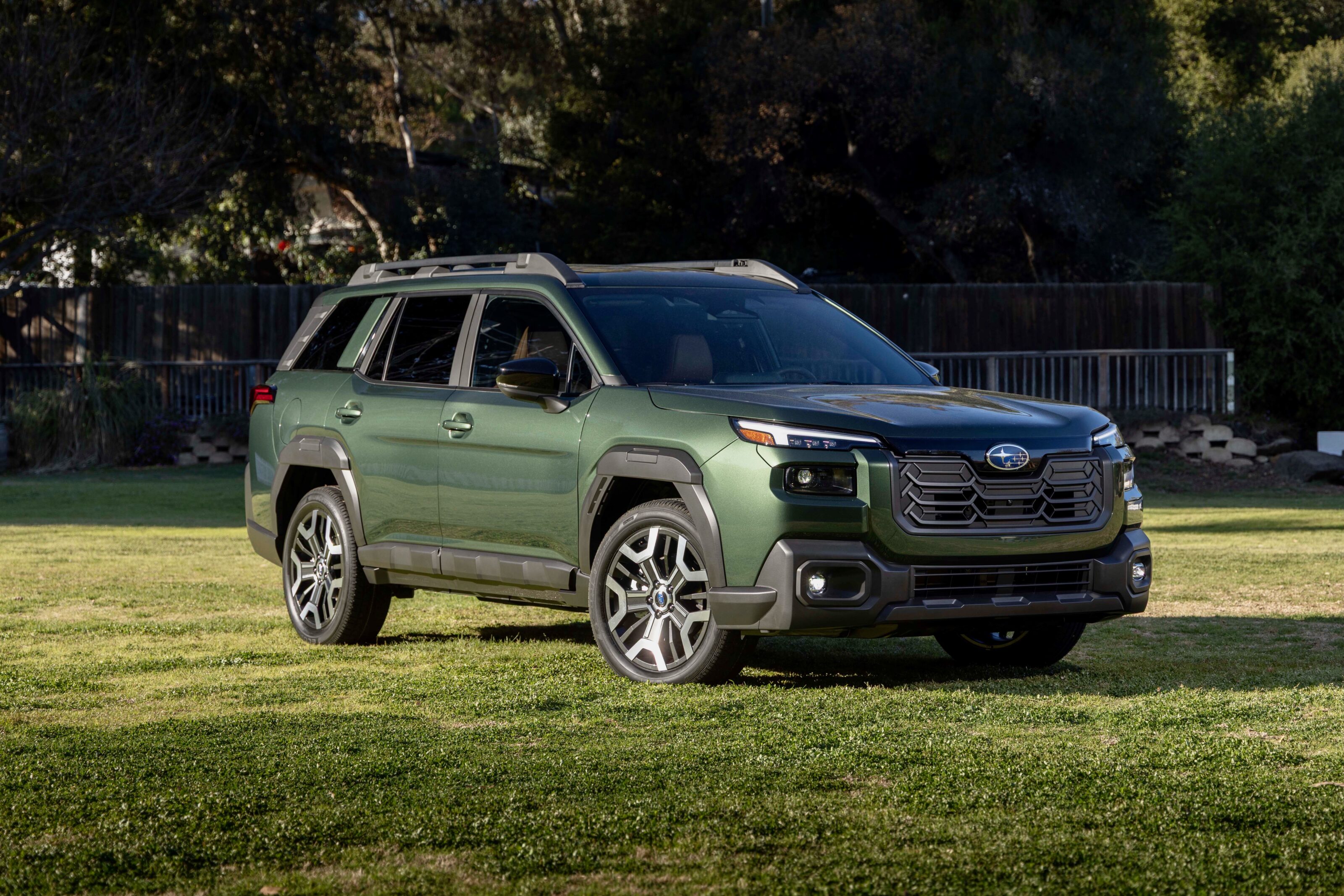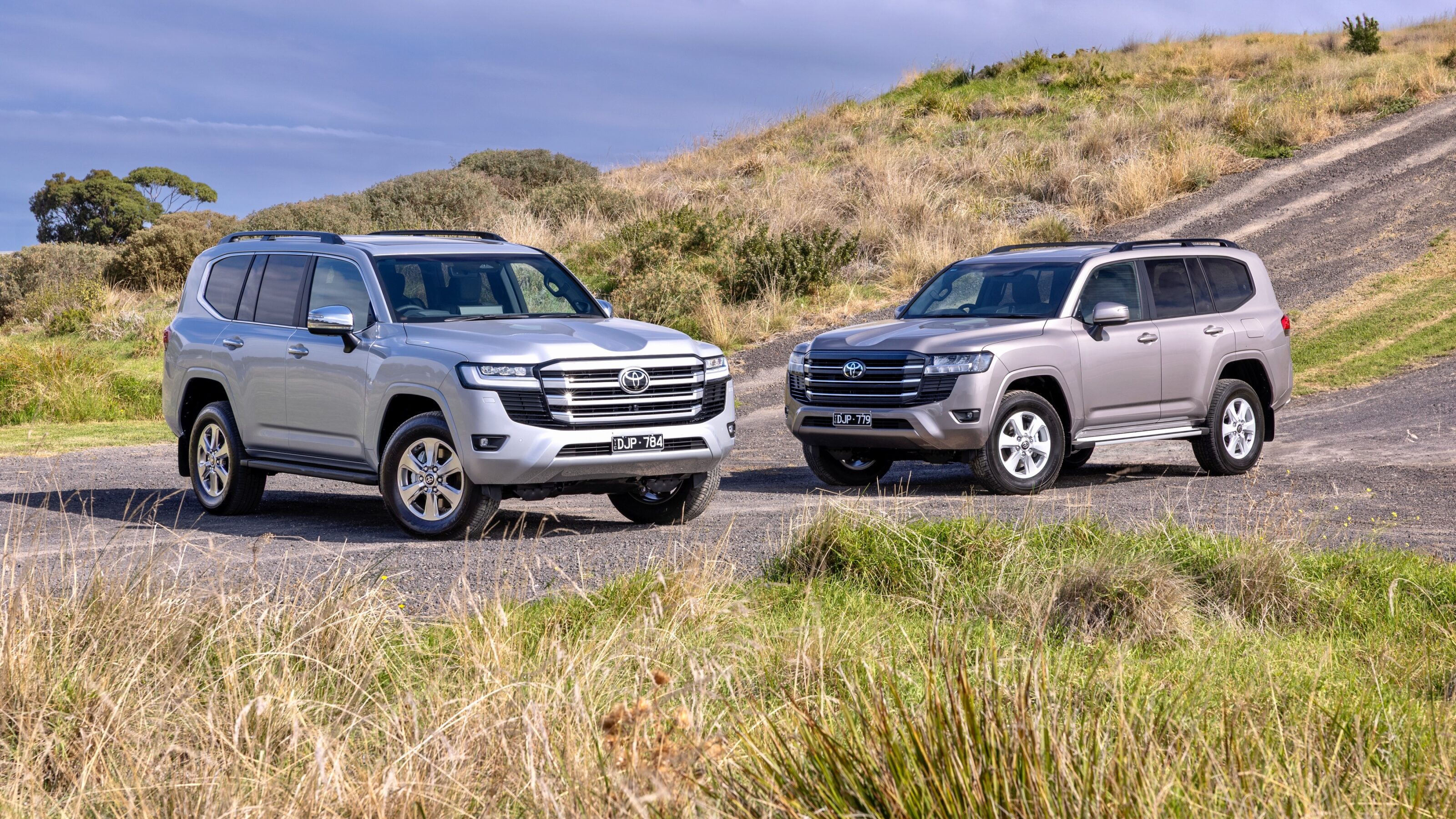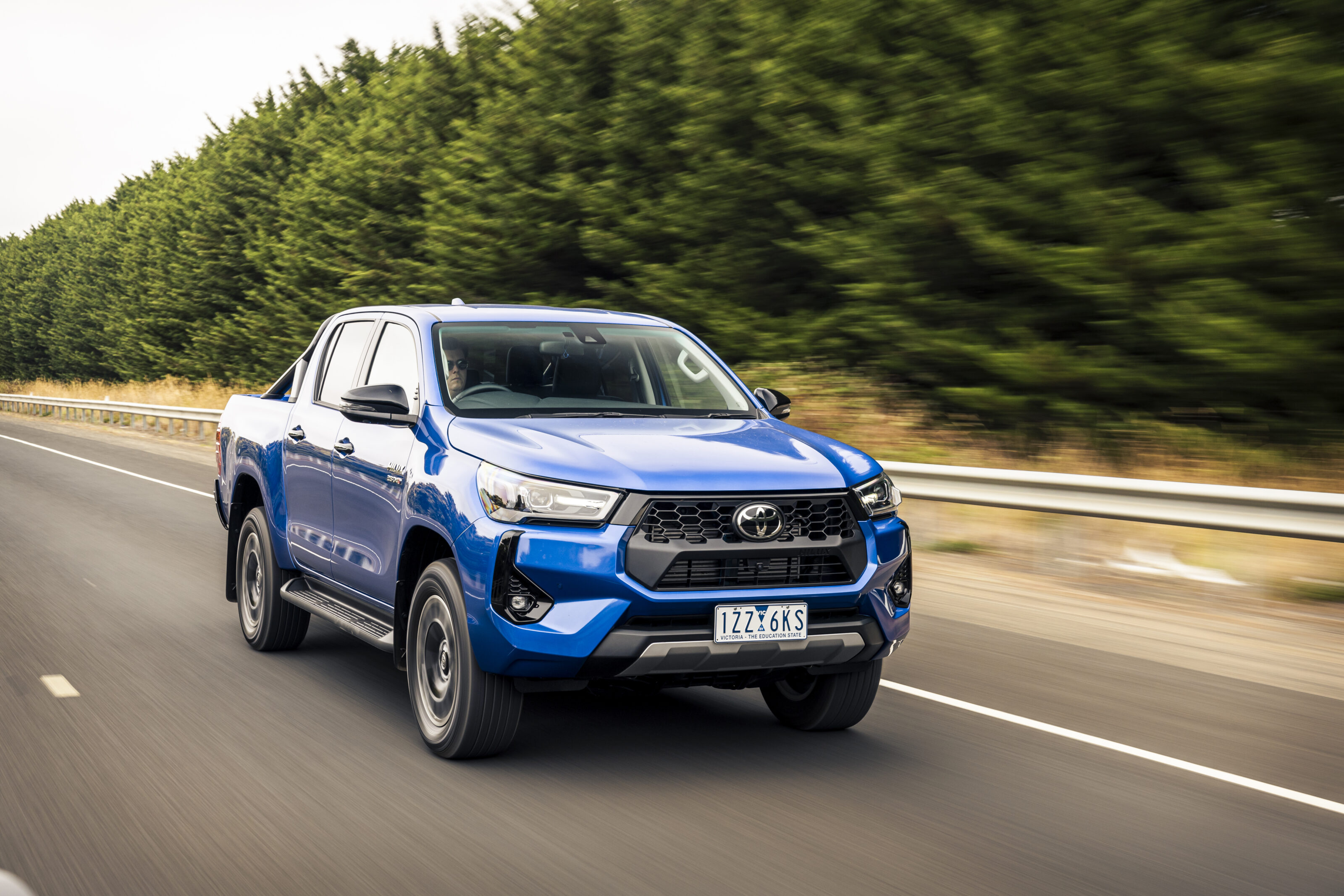
The new Toyota HiLux will be one of the biggest reveals of 2025, a chance to strike back at the Ford Ranger that in recent times has stolen its status as dual-cab top dog.
While concrete details are still scarce, here you’ll find everything we know about the new HiLux, including speculative renderings and all recent articles, so check back regularly as more information comes to light.

Will there be an electric Toyota HiLux?
It’s a question of when, not if, an electric HiLux arrives, however just who’s able to buy it is another issue. Toyota Australia has partnered with mining giant BHP on a 12-month trial of a battery electric dual-cab prototype (pictured, below) which, if successful, could see a battery-powered HiLux fast-tracked into showrooms.
Plans are in place to mass produce an electric HiLux in Thailand by the end of 2025, but this is a rear-wheel drive, single-cab model shown and driven by media locally in 2023.
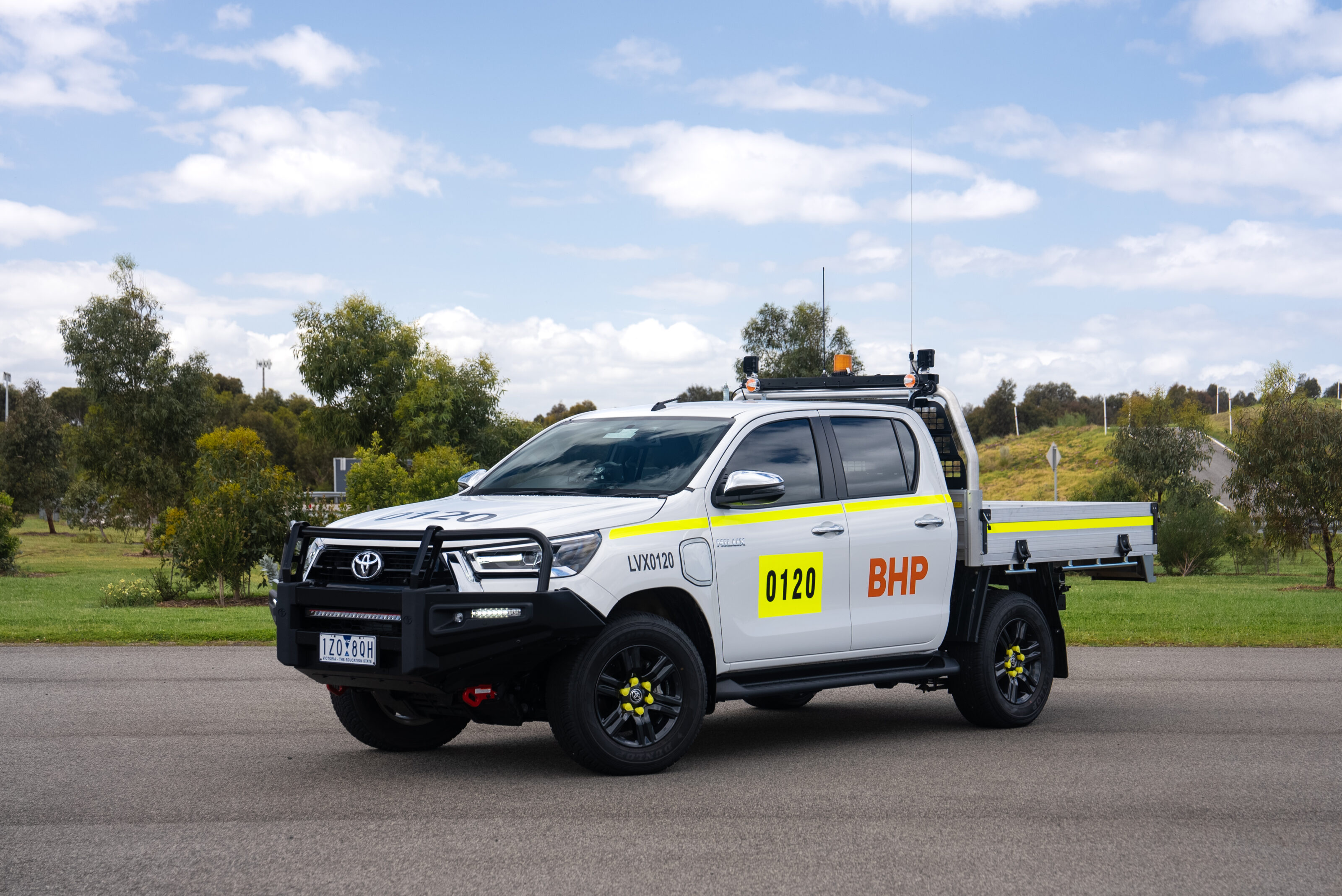
Toyota Australia’s vice president of sales, marketing and franchise operations, Sean Hanley, has previously told WhichCar that an electric HiLux or LandCruiser won’t suit the “silent majority” of Australians until they can tow 3.5 tonnes and have loaded ranges of 700-800km.
Another path is for Toyota to introduce a separate electric ute, based on the EPU concept revealed at the 2023 Japan Mobility Show, a model Hanley said Toyota Australia would be putting its hand up for.
When will the new Toyota HiLux be revealed?
Initially, the new Toyota HiLux, seen here in our speculative renderings, was expected to make its first public appearance at the 2025 Bangkok Motor Show in late March, especially as that is its country of origin.
However, a recent report out of Brazil suggests that while the new-gen HiLux will still appear in 2025, it won’t be on sale until 2026.
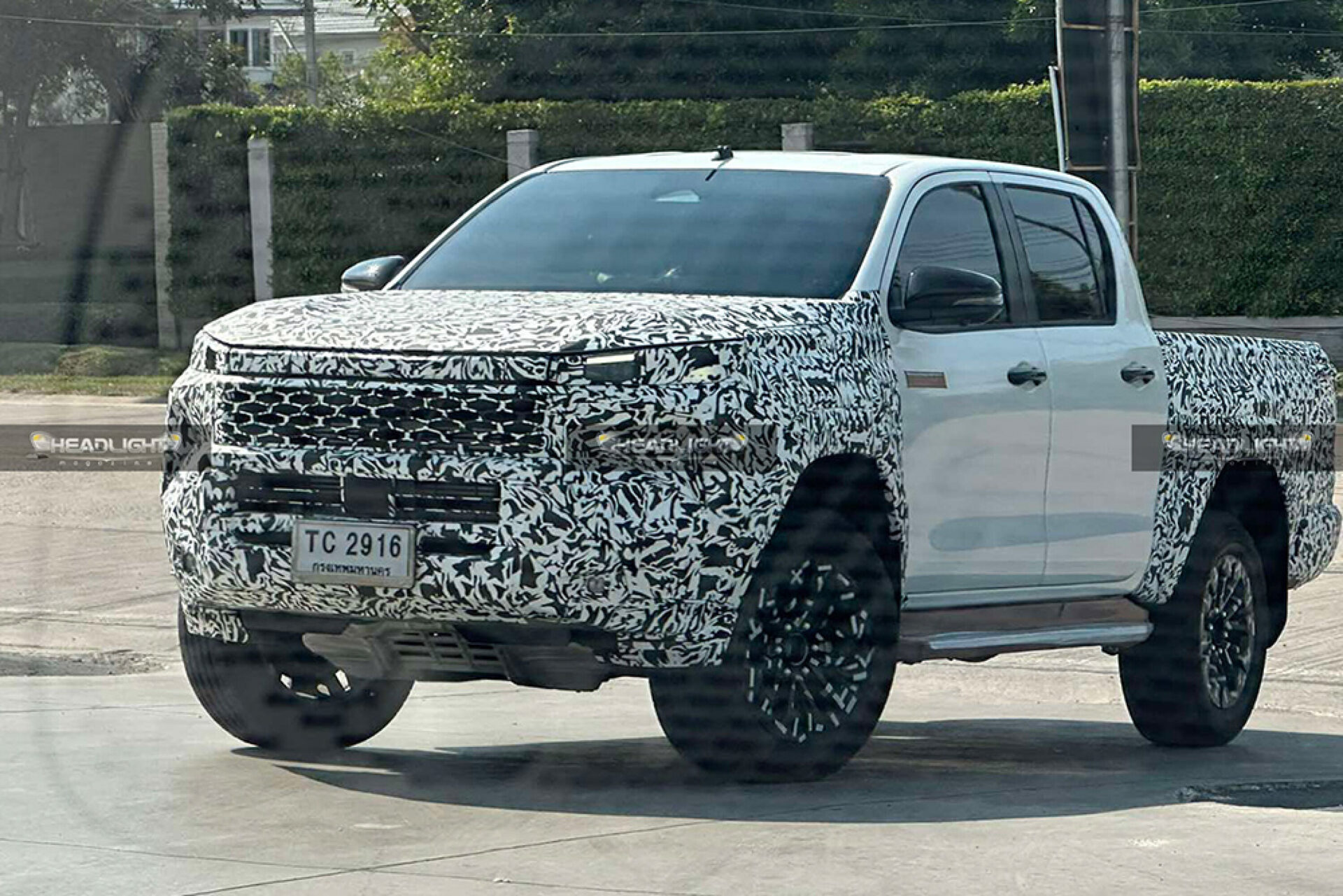
Furthermore, rather than adopting Toyota’s latest TNGA-F platform that underpins the Tacoma, Prado, 300-Series and Tundra, the report also claims the new HiLux will use a revised version of the current chassis called IMV.
Lending credence to this report is the fact that Toyota recently invested heavily in the current HiLux, widening the tracks, overhauling the suspension and adopting rear disc brakes for the Rogue and GR Sport models.
What will power the 2026 Toyota HiLux?
Those wanting an underbonnet revolution for the new HiLux are likely to be disappointed, in the short term at least.
The smart money is on the current 2.8-litre four-cylinder turbo-diesel mild-hybrid carrying over, which produces 150kW/500Nm, though like the new Prado that shares the engine, expect a new eight-speed auto to replace the current six-speeder.
However, as the New Vehicle Efficiency Standards get increasingly stringent as the 2020s progress, Toyota will have to adopt more efficient powertrains.
A likely target will be the 2.4-litre turbo-petrol hybrid dubbed i-FORCE MAX in the Toyota Tacoma (pictured, below). Petrol emits less CO2 than diesel, while the hybrid powertrain will also give the new HiLux a sizeable performance increase, producing a combined 243kW/630Nm.
An all-electric Toyota HiLux is an inevitability and is almost certain to appear within the next generation’s lifespan, however it is likely to be 2030 at the earliest.
How about a Toyota Prado ute?
With the 70-Series LandCruiser potentially on borrowed time, we reckon a Prado-based, retro-flavoured ute would be the perfect replacement.
Our speculative renderings show how the long-serving 70-Series could be given a modern makeover, like the one Land Rover has successfully applied to the Defender.
New Toyota Tacoma to form basis for HiLux
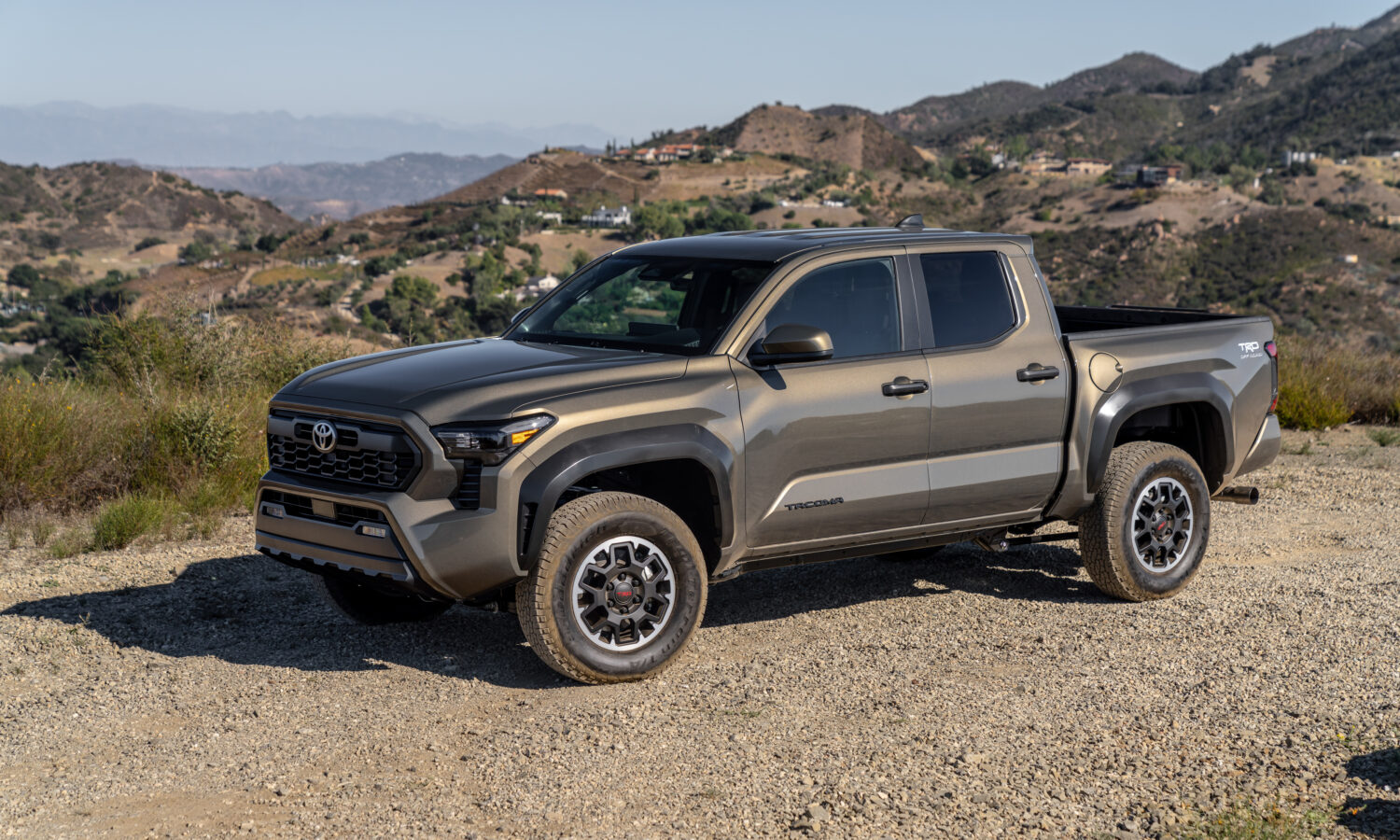
Here’s the new Toyota Tacoma, the US mid-sizer (as opposed to the full-size Tundra) that sits on the TNGA-F platform, which is expected to underpin the next-generation HiLux.
TNGA-F improves rigidity thanks to new developments in laser welding and an aluminium upper body section reduces weight. As with the new Prado, electrically assisted power steering will replace the current hydraulic setup.
The Tacoma’s rear end is typically conventional leaf springs but has been engineered to use a multi-link coil setup, something that could come in handy if Toyota wants to get serious about taking on the Ford Ranger Raptor with a proper performance hero.
While America’s aversion to diesel means the base engine for the Tacoma is a 2.4-litre four-cylinder turbo-petrol producing between 170kW/329Nm and 207kW/430Nm depending on spec, an electrified version of the engine could be a possibility for HiLux.
This teams the 2.4 with a 1.87kWh battery pack to produce 243kW/630Nm, as well as improved fuel economy. The HiLux is also likely to lean on the Tacoma for design inspiration, both inside and out, in addition to its more modern technology, including a digital instrument cluster of up to 12.4 inches and a touchscreen infotainment system of up to 14 inches with wireless smartphone mirroring.


